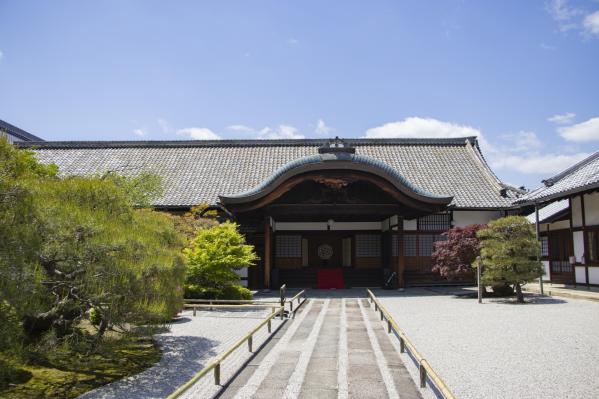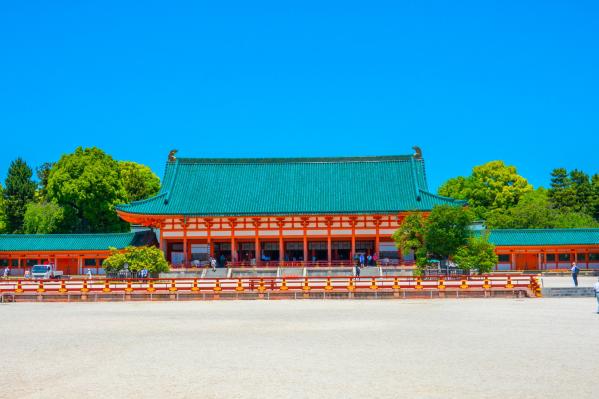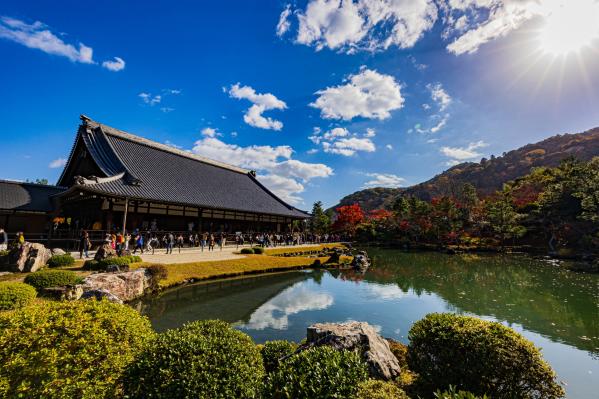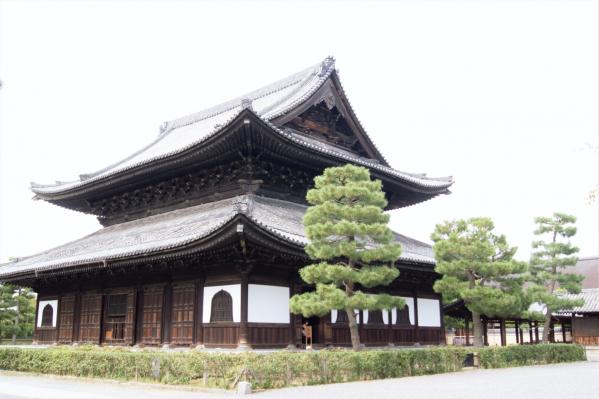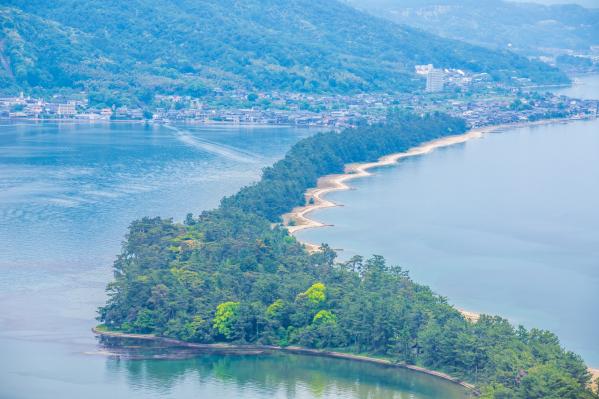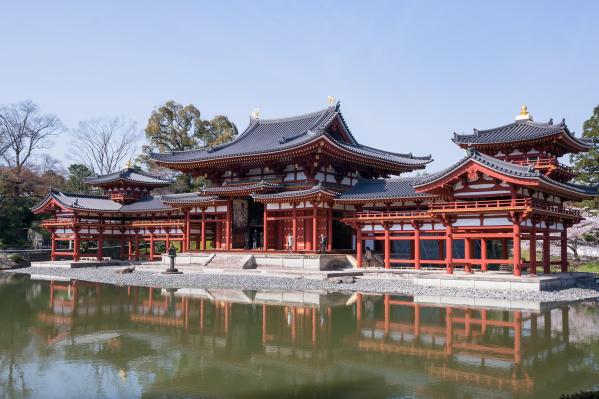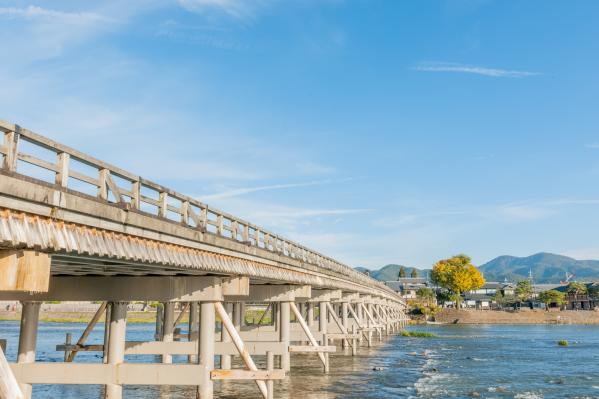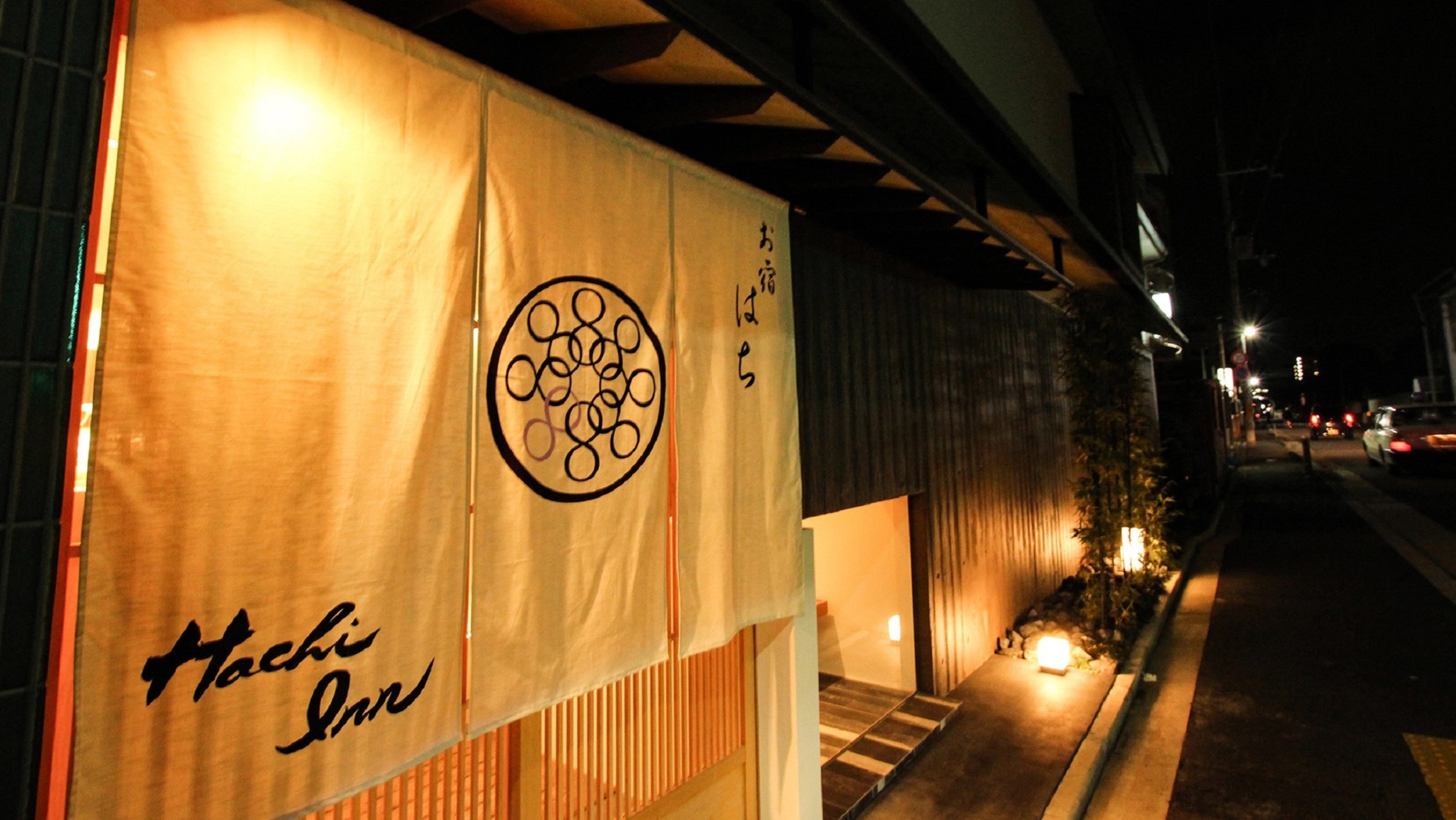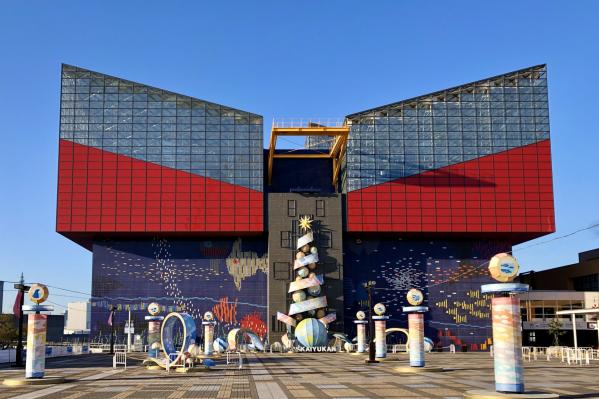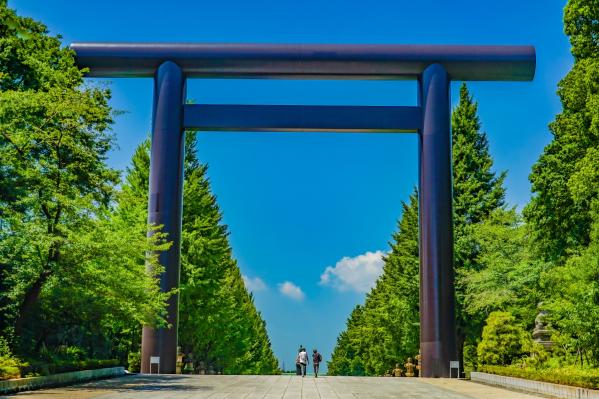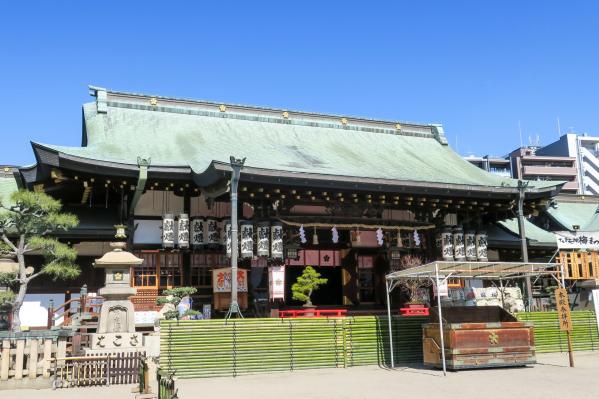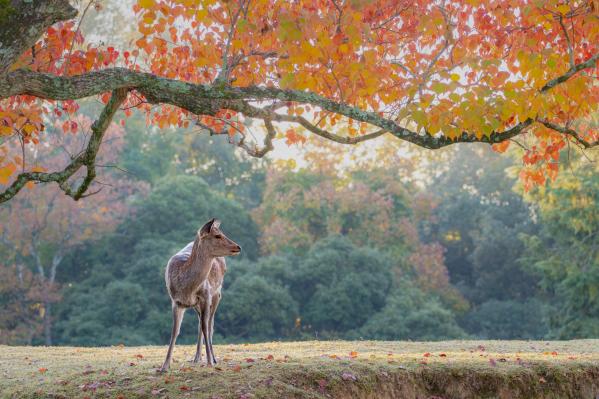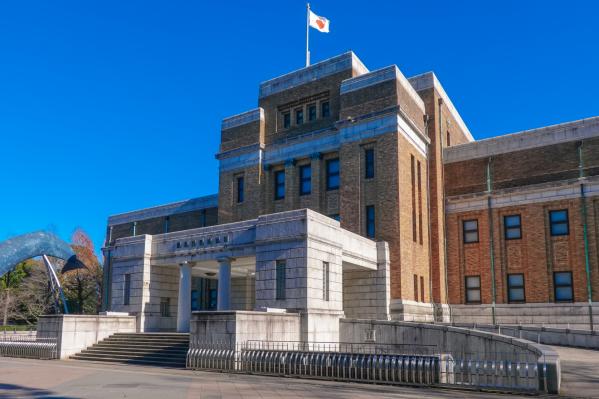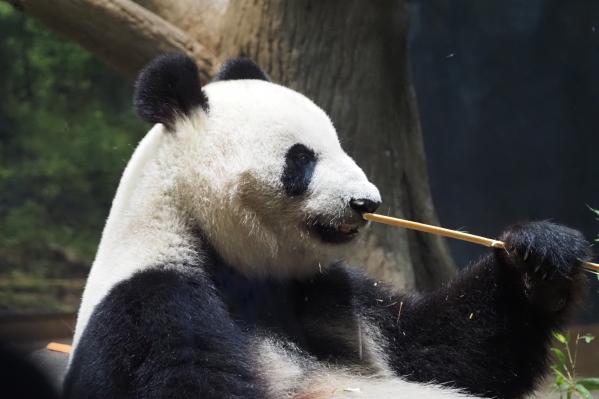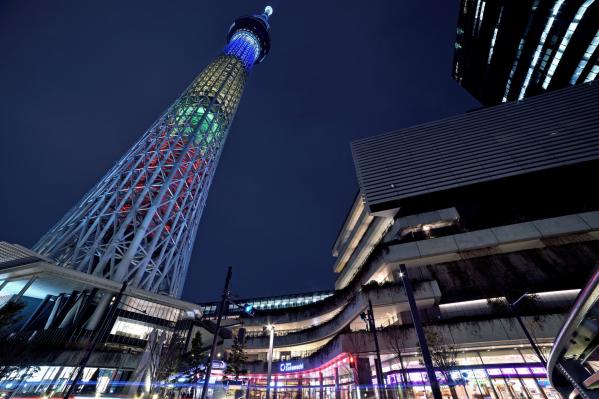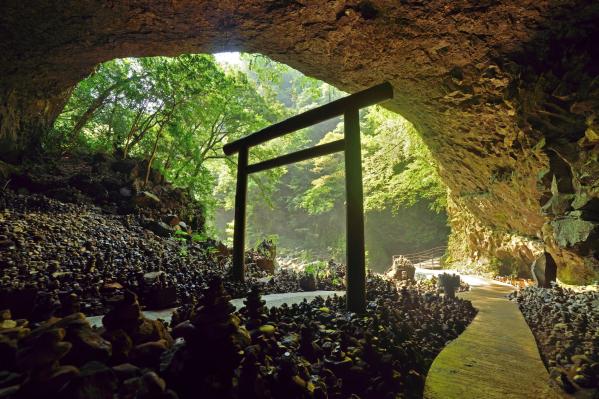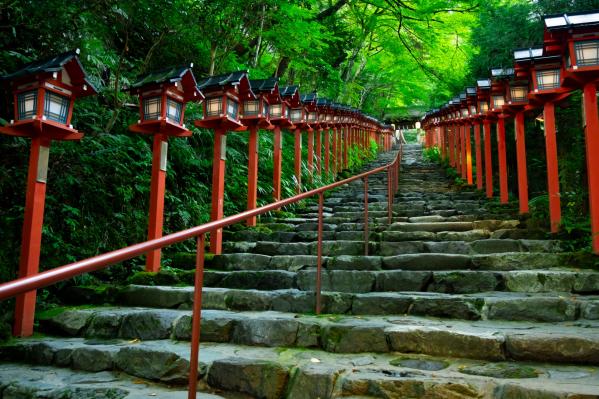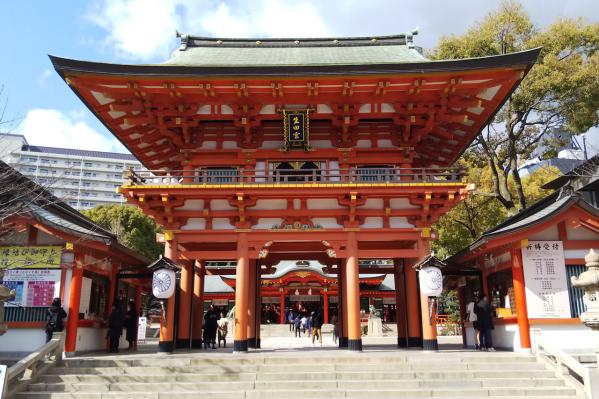
Kōdaiji
Basic Information
- Spot Name
- Kōdaiji
- Location
- 〒605-0825 526, Higashiyama-ku, Kodaiji Shimo-Kawaramachi, Kyoto City, Kyoto Prefecture, Japan
- Access
- From JR Kyoto Station, take the city bus No. 206 heading towards Higashiyama-dori Kitaoji Bus Terminal for 20 minutes, get off at Higashiyama Yasui, and walk for 7 minutes.
- Parking
- Parking available
- Business Hours
- 9:00 AM to 5:00 PM (Last admission at 5:30 PM)
- Regular Holiday
- Open daily.
- Fees
- Admission Fee
Adults ---------- 600 yen
Junior and Senior High School Students ---------- 250 yen - Contact Information
- Phone Number:075-561-9966
- Official Website
Map
Detailed Information
Kodaiji Temple, founded in 1606 (the 11th year of the Keicho era) by Nene (the wife of Toyotomi Hideyoshi, known as Kodaian Kogetsu), is a Zen temple of the Rinzai sect under the Kenninji school, established to mourn her late husband. Officially called "Kodaiju Shosen Zenji," it is located at the foot of Mount Higashiyama in the Higashiyama district of Kyoto.
During the initial construction of the temple, Tokugawa Ieyasu provided significant financial support for political reasons, resulting in a magnificent temple complex. In 1624 (the 1st year of the Kan'ei era), the esteemed monk Sanko Joeki from Kenninji was appointed as the founding priest, and the temple was officially named "Kodaiji."
The temple grounds retain numerous structures relocated from Fushimi Castle, where Hideyoshi and Nene spent their later years. Existing buildings include the main gate, the founding hall, the mausoleum, the moon-viewing pavilion, and the tea houses Kasa-tei and Shigure-tei, all designated as Important Cultural Properties of Japan.
The mausoleum is particularly significant, housing wooden statues of Hideyoshi and Nene, with Nene's grave located beneath the floor. Inside, there are a shrine and a pedestal embellished with gold lacquer work by the master craftsmen of the Maki-e style, representing exquisite lacquerware from the Momoyama period, highly regarded as "Kodaiji Maki-e." The wall paintings within were created by Kano Mitsunobu and his school, featuring majestic depictions of landscapes and floral scenes.
The founding hall was originally constructed as a temple for enshrining Buddha statues. The ceiling incorporates materials from Hideyoshi's boat and the carriage used by Nene, preserving design elements from the Momoyama era.
The garden, believed to be designed by Kobori Enshu, is a pond-style stroll garden that uses Mount Higashiyama as a borrowed scenery, designated as a national historic site and scenic spot. Centered around the founding hall, it features Engetsu Pond and Garyochi Pond, creating a landscape with turtle and crane islands. The autumn foliage is particularly beautiful, making it one of Kyoto's most famous spots for fall colors, attracting many visitors.
Kasa-tei and Shigure-tei are both Momoyama-era tea houses relocated from Fushimi Castle, connected by a dirt-floored corridor. Kasa-tei is characterized by its ceiling resembling an opened parasol, while Shigure-tei is a two-story structure with a preparation area and waiting room on the first floor and a tea service area on the second. According to legends, people related to the Toyotomi clan watched the fall of Osaka Castle from this location.
In front of the main hall, there is a dry landscape garden called Hashin-tei, which features seasonal designs etched in the sand, changing colors throughout the year. In spring, the garden is adorned with weeping cherry blossoms, creating a picturesque scene against the white sand.
At the Kodaiji Ungoan located within the temple grounds, visitors can enjoy matcha tea while overlooking the beautiful garden, providing a peaceful respite for all who come.
Kodaiji Temple is not only a religious sanctuary but also a treasure trove of the beauty and spirit of Momoyama culture, embodying the deep love and memories of Nene. This renowned temple continues to be cherished by many as a symbol of Kyoto.
Kōdaiji Movies
Kyoto Tourist Attractions
View ListTo-ji Temple
Toji Temple (official name: Kyo-o Gokokuj), is the only existing structure from the Heian-kyo period and is registered as a UNESCO World Heritage Site. Founded two y...
Kyoto Imperial Palace
Kyoto Imperial Palace is a place of great importance in Japanese history and culture. This vast area is located within the Kyoto Gyoen in the city center of Kyoto, c...
Heian Shrine
Heian Shrine was established in 1895 to commemorate the 1100th anniversary of the relocation of the capital to Heian-kyo, with Emperor Kanmu as its deity. Located in...
Tenryu-ji Temple
Tenryu-ji Temple is a Zen temple located in the Arashiyama district of Kyoto, registered as a UNESCO World Heritage Site. Originally, this site was the location of D...
Kenninji Temple
Kennin-ji Temple, founded in 1202 by the Zen master Eisai, is the oldest Zen temple in Kyoto and serves as the head temple of the Kennin-ji branch of the Rinzai sect...
Amanohashidate
Amanohashidate is a special scenic spot located in Miyazu Bay, facing the Sea of Japan in the northern part of Kyoto Prefecture. It is one of the "Three Views of Jap...
Byodo-in Temple
Byodoin Temple is a historic temple located in Uji City, Kyoto Prefecture, renowned for its Hall of Phoenix. Established in 1052 by the regent Fujiwara no Yorimichi,...
Togetsukyo Bridge
The Togetsukyo Bridge, which connects Arashiyama and Sagano, is a bridge rich in history and charm, spanning the Katsura River. The first bridge was built by the mon...








